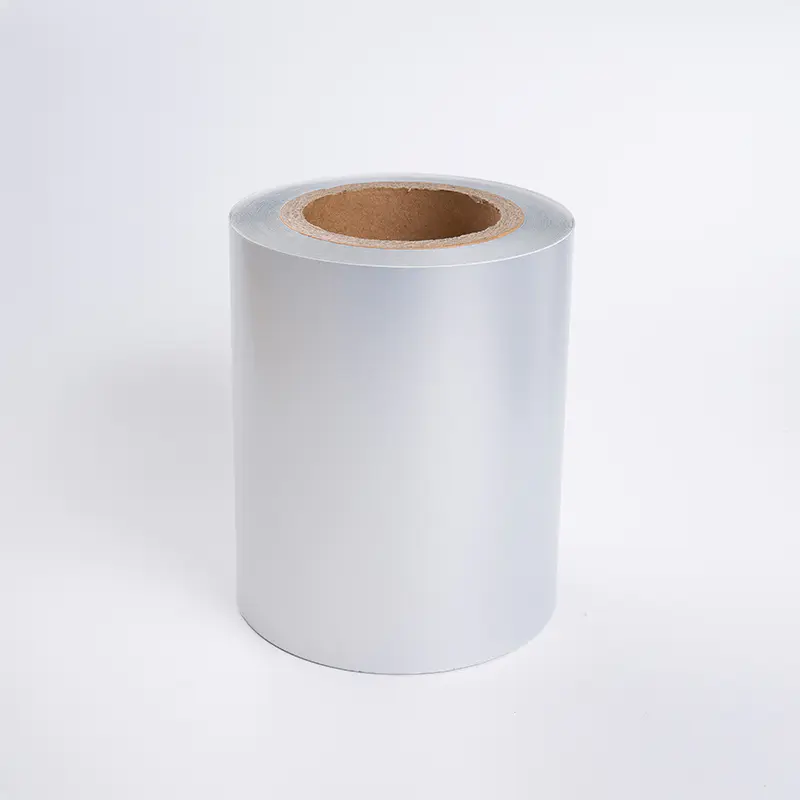There are many different types of adhesives used to Adhesive PET Film products, each with unique performance and performance characteristics. Commonly used adhesives include acrylic adhesives, silicone adhesives, rubber adhesives, etc.
Acrylic adhesives are known for their strong bonding strength, high temperature resistance, and UV stability. Adheres well to a variety of surfaces including metal, plastic and glass. Acrylic adhesives are versatile and can be used both indoors and outdoors, making them ideal for applications that require durability and weather resistance.
Silicone adhesives are flexible and offer good resistance to extreme temperatures. Can withstand low and high temperatures from -40°C to over 200°C. Silicone adhesives also provide excellent electrical insulation and moisture resistance, making them ideal for applications requiring heat resistance, weather resistance and long-term durability.
Rubber-based adhesive provides excellent initial tack and excellent adhesion to a variety of substrates. Its flexibility and resistance to aging make it ideal for applications requiring adhesion to uneven surfaces. However, rubber-based adhesives may not perform well in extreme temperatures or moisture.
These adhesives help improve the performance of bonded PET films in a variety of environments. For example, acrylic and silicone adhesives have excellent heat resistance, allowing the film to maintain its strength and integrity in both hot and cold conditions. This is especially important for applications where temperatures may fluctuate, such as automotive or outdoor signage.

Acrylic and silicone adhesives also offer excellent moisture resistance, preventing the film from losing its stickiness or peeling in humid environments. This makes it suitable for applications exposed to water or high humidity.
Additionally, acrylic adhesives have excellent UV stability, so the film will not yellow or deteriorate when exposed to sunlight or UV rays. This is especially important in outdoor applications, where the film must maintain its appearance and performance over time.
Different adhesives have different levels of bond strength and durability. Acrylic adhesives generally have high bond strengths, ensuring a strong and long-lasting bond between the film and the substrate. Silicone adhesives, on the other hand, are known for their durability and flexibility, allowing the film to withstand pressure and movement without losing adhesion.
The choice of adhesive for laminating PET films depends on the specific requirements of the application and its environmental conditions.

 English
English Español
Español русский
русский Français
Français عربى
عربى











